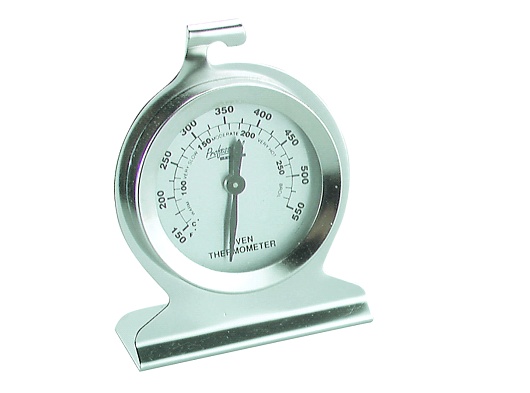I have had a Englander 30 stove for three seasons and rarely get it up to 400 degrees. I lined my outside chimney with a 6 inch stainless liner and poured perlite insulation around it.
The original chimney is 7x11. The length of this stainless liner is 20 ft. From the 6 inch stainless tee inside the chimney I used one 6" single wall 90 and one 6" single wall 45 with 4' of single wall pipe.
I burn a variety of well seasoned wood(oak, walnut, ash, elm, locust and unknown wood). Seasoned 1 to 3 years. My house is a little drafty. Well insulated in attic but who knows in walls. 1100 sq. ft. ranch with
full basement. Stove is in basement. I build good fires and they look healthy but the temp is low. I checked my thermometer on my cooking stove.
So thats 24' of 6" with one tee, one 45 and one 90 on outside chimney. What do you think?
Thanks, Eric
The original chimney is 7x11. The length of this stainless liner is 20 ft. From the 6 inch stainless tee inside the chimney I used one 6" single wall 90 and one 6" single wall 45 with 4' of single wall pipe.
I burn a variety of well seasoned wood(oak, walnut, ash, elm, locust and unknown wood). Seasoned 1 to 3 years. My house is a little drafty. Well insulated in attic but who knows in walls. 1100 sq. ft. ranch with
full basement. Stove is in basement. I build good fires and they look healthy but the temp is low. I checked my thermometer on my cooking stove.
So thats 24' of 6" with one tee, one 45 and one 90 on outside chimney. What do you think?
Thanks, Eric


 Closed air down immediately
Closed air down immediately
